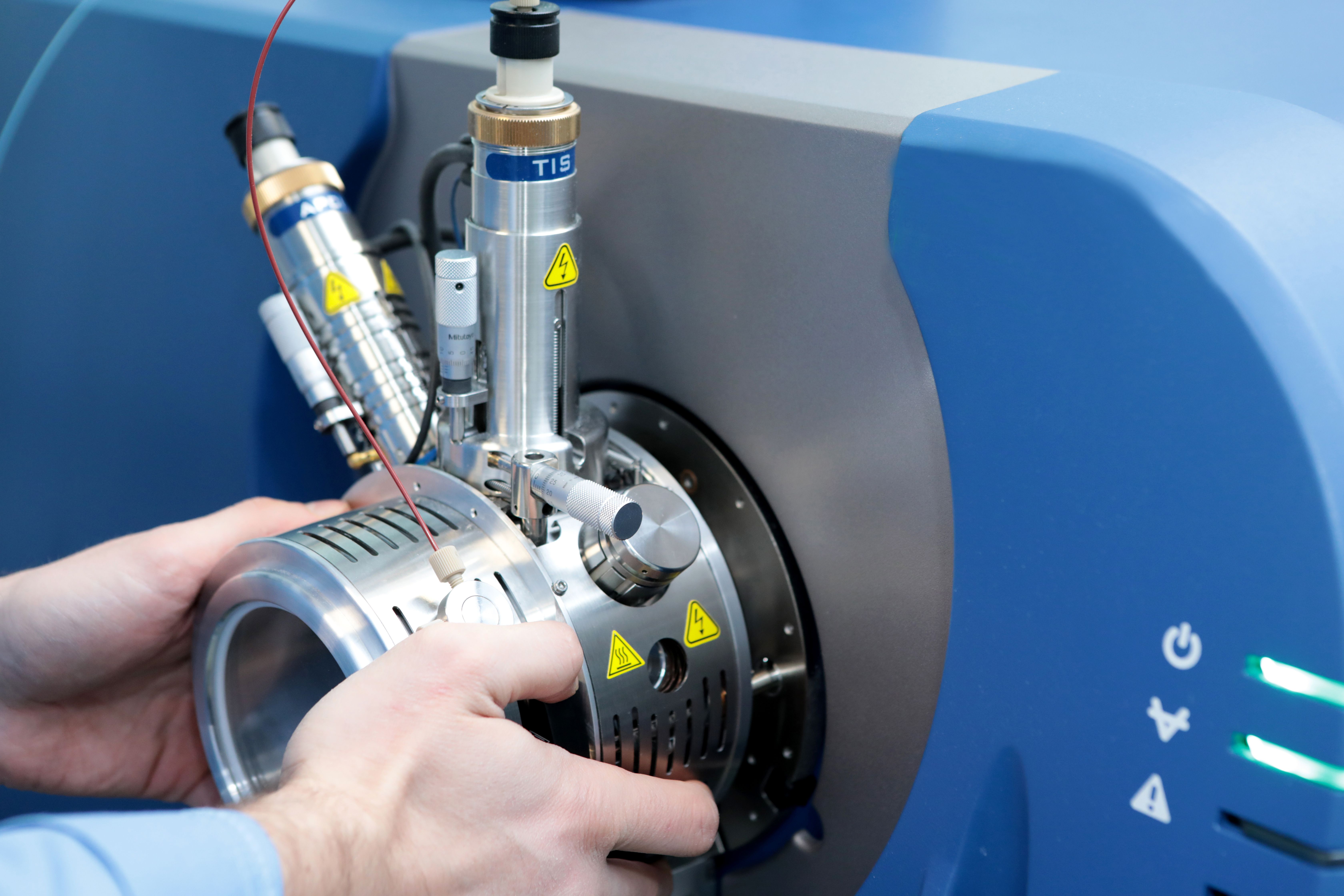Article Highlights
- Ion sources create atomic and molecular ions, primarily for mass spectrometry and particle accelerator applications.
- Recent research from the University of Duisburg-Essen explores dielectric barrier discharge (DBD)-based ion sources for analytical chemistry.
- Despite extensive research, challenges persist in commercial availability, consistency, and efficiency of plasma-based ion sources.
- Plasma-based ion sources show promise for analyzing medium to nonpolar analytes with good sensitivity and reproducibility when coupled with LC–MS or GC–MS techniques.
Ion sources are devices that can create atomic and molecular ions (1). They are normally used to conduct mass spectrometry (MS) research and are used in particle accelerators. The ions that result from the ion source are separated by their mass-to-charge (m/z) ratio, and the idea is that this helps identify the molecules in a specific sample based on their molecular weight (1).
With the coupling of MS to liquid chromatography (LC) or gas chromatography (GC), the analytical capabilities of these combined techniques have increased, including the capabilities of incorporating plasma-based ion sources (2). Recently, researchers from the University of Duisburg-Essen explored the development of ion sources based on dielectric barrier discharges (DBD). Led by Oliver J. Schmitz, the study summarized recent investigations into this topic area, explaining how ion sources can be used in analytical chemistry applications (3). Their findings were published in TrAC Trends in Analytical Chemistry.
There has been extensive research done on the subject of ion sources (4–7). Over the past two decades, researchers and analytical chemists have tested and experimented with adjusting parameters that could affect the performance of a plasma ion source, examining variables such as configuration, size, shape, and the materials it is comprised of (3). However, despite this progress, the exact ionization mechanism for all plasma gases remains elusive.
This review focuses specifically on plasma and DBD-based ion sources. They summarize investigations into the reactions occurring within the plasma, describing the applications developed by various research groups (3).
Schmitz and Pape focus a significant portion of their article on the challenges that still exist when developing ion sources. One of the key challenges they discuss in the article is the commercial availability of plasma-based ion sources. As the authors point out in their article, numerous research groups have developed homemade DBD-based ion sources, but only a handful of these designs have been made commercial and available to the scientific community (3).
Then there is a consistency problem in developing plasma-based ion sources. These inconsistencies in product design between research groups, according to the authors, hinder comparability, and systematic approaches are lacking, preventing conclusive assessments of the readiness of plasma-based ion sources for mass spectrometry applications (3).
As it currently stands, plasma-based ion sources also need to become more efficient. To help increase efficiency, work has been underway testing the potential of these ion sources when using LC–MS or GC–MS. The researchers are finding that when using the abovementioned hyphenated techniques, plasma-based ion sources show promise for analyzing medium to nonpolar analytes with good sensitivity and high reproducibility (3).
References
(1) Wolf, B. Handbook of Ion Sources. CRC Press; 1995.
(2) Abian, J. The Coupling of Gas and Liquid Chromatography with Mass Spectrometry. J. Mass Spectrom. 1999, 34 (3), 157–168.
(3) Pape, A.; Schmitz, O. J. Dielectric Barrier Discharge in Mass Spectrometry – An Overview over Plasma Investigations and Ion Sources Applications. TrAC Trends Anal. Chem. 2024, 170, 117420. DOI: 10.1016/j.trac.2023.117420
(4) Yamashita, M.; Fenn, J. B. Electrospray Ion Source. Another Variation on the Free-Jet Theme. J. Phys. Chem. 1984, 88 (20), 4451–4459. DOI: 10.1021/j150664a002
(5) Whitehouse, C. M.; Dreyer, R. N.; Yamashita, M.; Fenn, J. B. Electrospray Interface for Liquid Chromatographs and Mass Spectrometers. Anal. Chem. 1985, 57 (3), 675. DOI: 10.1021/ac00280a023
(6) Takats, Z.; Wiseman, J. M.; Gologan, B.; Cooks, R. G. Mass Spectrometry Sampling Under Ambient Conditions with Desorption Electrospray Ionization. Science 2004, 306, 471.
(7) Chen, J.; Tang, F.; Guo, C. A.; et al. Plasma-based Ambient Mass Spectrometry: A Step Forward to Practical Applications. Anal. Methods 2017, 9, 4908–4923. DOI: 10.1039/C7AY00965H
